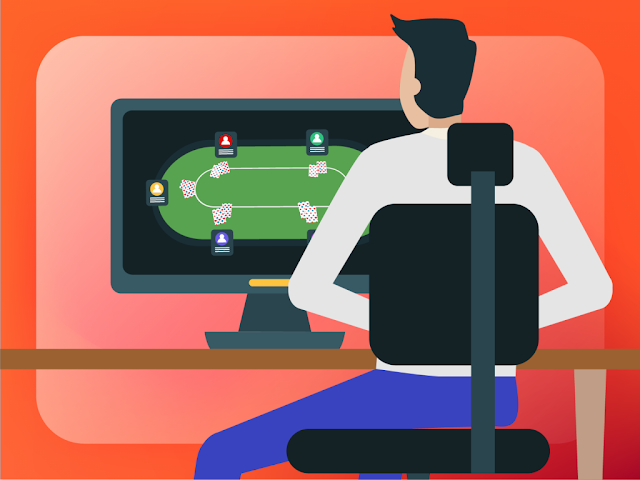Poker tells can provide you with a ton of important experiences, yet they ought not be the main thing you consider while simply deciding.
To be great at perusing your adversaries while playing poker, you want to utilize all the data accessible.
All that from bet measuring, conduct, and, surprisingly, the time they take to pursue a choice, can be significant in sorting out your rival's possessions.
We should investigate the best ways of perusing your adversaries in poker.
The Most Important Part: Putting Your Opponents On A Range
No matter if you’re playing live or online poker, the most important part of reading your opponents is putting them on a range.
The ‘range’ is the various possible hands they could hold, so putting them on a range means trying to figure out what those hands could be.
As the hand plays out and your opponent makes more decisions and takes more actions, you can use this information to narrow down their range.
It’s a vital skill to master.
But instead of thinking about ranges, many players try to guess the exact hand of their opponents on the river. This approach doesn’t work.
Good players don’t make blind guesses; they use a methodical approach.
Even though it requires a lot of practice, you can learn to put your opponent on a range by following these four simple steps.
Step 1: Analyze preflop actions
If you want to put your opponent on an accurate range of cards by the river, you should start your work preflop.
The first thing you need to consider is your opponent’s position.
They will be playing completely different hands from under the gun (UTG) and button (BTN), so it’s vital to assign them a realistic range.
A player who is raising from the first position will not have 63s in their range, so is very unlikely to have strong holdings on the flop with 633.
However, a player on the BTN can easily have such hands, and way more other 3x holdings, so you need to play differently against these ranges.
Knowing the position is not enough. You also have to identify your opponent’s type.
If they’re passive, they could be playing just 15% of hands from the cutoff (CO), while an aggressive opponent could be opening 35% or even more.
The same thought process should be applied for other situations when someone limps, or you face a 3-bet.
When you evaluate your opponent’s position and playing style, you can already make an educated guess of what hands they could be playing.
Step 2: Narrow down the range based on flop action
The next step is quite straightforward. Using information from the flop action, you can narrow down their range.
You can learn what your opponent should do in any given situation by studying game theory optimal (GTO) strategy and then adjust these ranges based on your observations.
This will help you understand what hands your opponent should be checking or betting and then reduce their likely holdings accordingly.
Step 3: Evaluate additional information
To narrow down the range even further, you should look at all the other information available to you.
Things like your opponent’s stats, bet sizing, or even physical tells can say a lot about their holdings. The table dynamics will give you a ton of additional insights.
This is a huge part of poker, so we’ll come back to it later on in the article.
Step 4: Keep reducing their possible holdings on the turn and river
Just like you did in the second step for the flop play, you can continue reducing your opponent’s possible holdings based on their actions and community cards on the turn and river.
It’s worth saying that lots of people have a similar playing style and share similarities that are easy to notice and exploit.
An example would be that they don’t adjust to the situation. If you notice someone checking top pair with a weak kicker on the flop, they’re very likely to take the same action with similar holdings in other hands as well.
So after seeing it once, you’ll be able to remove these holdings from their range in similar spots.
You can quickly get a feel of player tendencies and use this information until you notice that your particular opponent adjusts their play, and then react accordingly.
Learning to put your opponent on a range instead of guessing a specific hand is the best way to read other players.
However, you can make even better decisions if you take into consideration all the additional information available to you.




.jpeg)


.jpeg)

No comments: